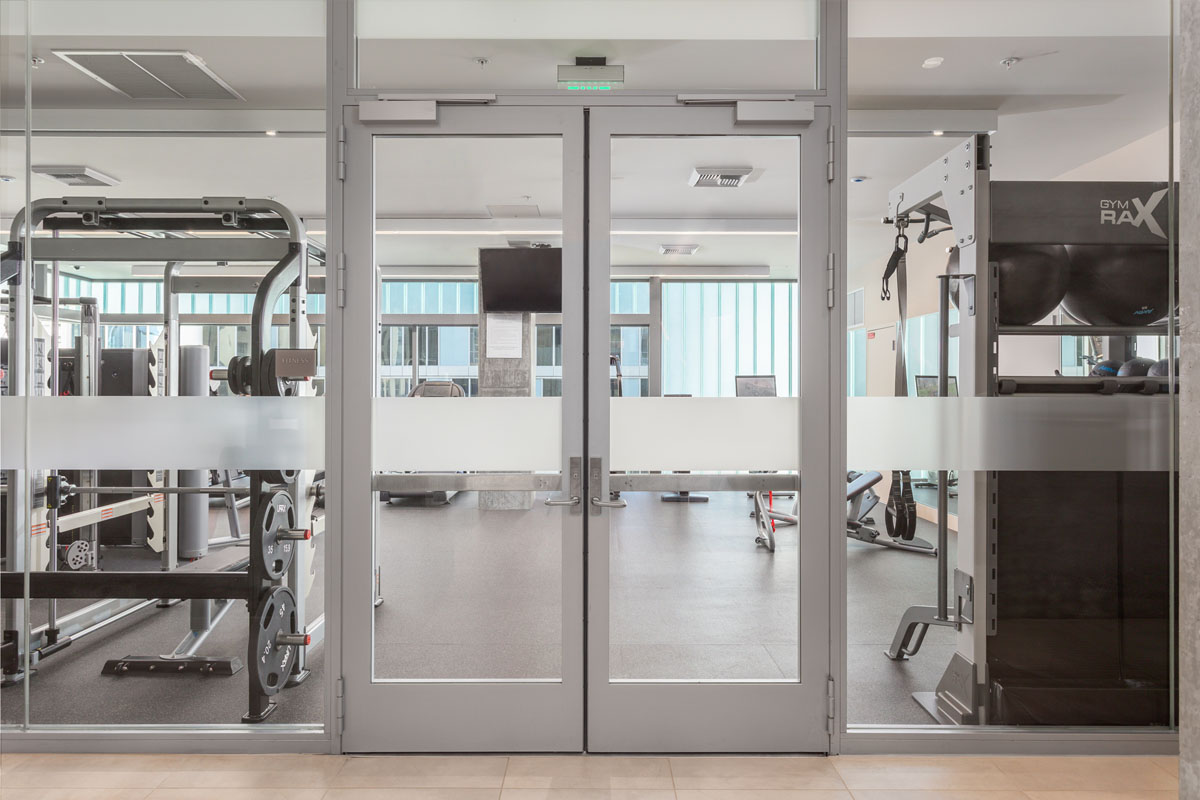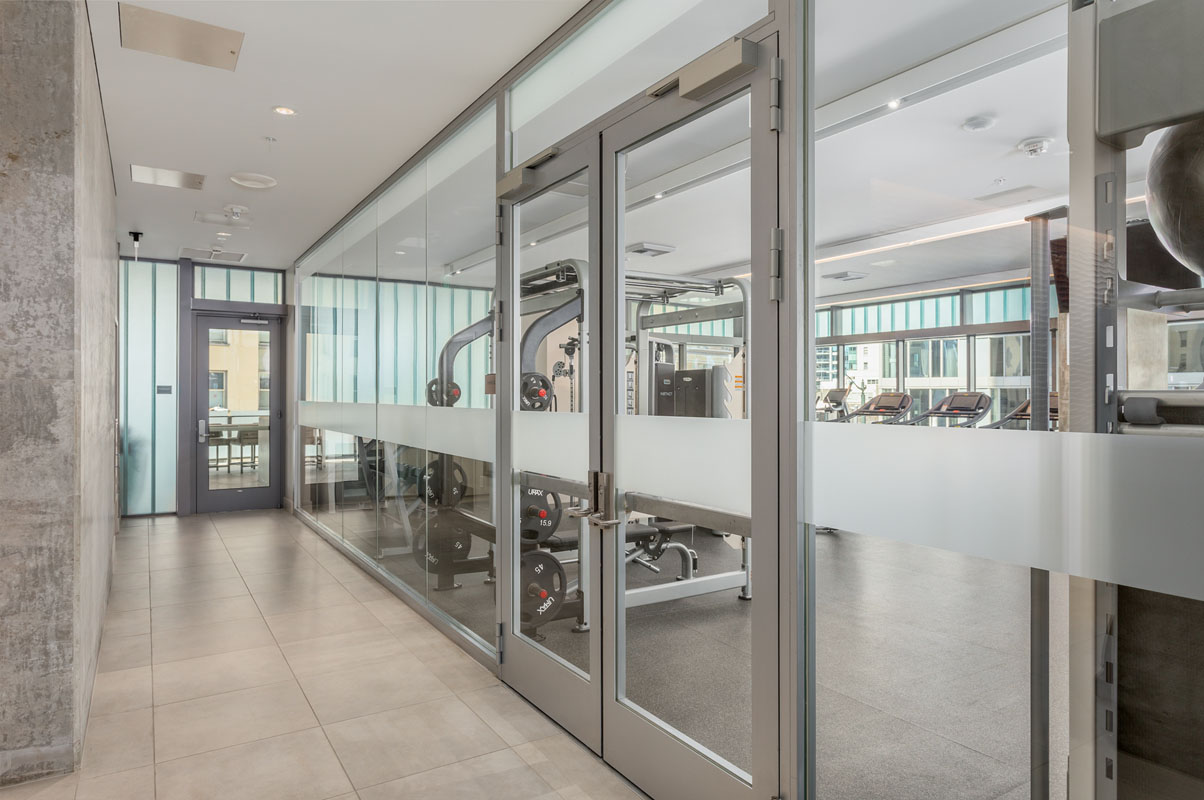Do Fire Doors Need to be Self-Closing?
David Vermeulen, North America Sales Director, Technical Glass Products

Fire-rated doors and their proper use have recently come to the forefront in discussions about fire safety. As more people return to offices, commercial buildings and other public spaces, facility operators and inspectors are noting a unique set of challenges. Krista Bigda, technical lead of building and life safety at National Fire Protection Association (NFPA), recently said that the current health safety issues have “overridden” fire door safety.
Noting that “many inspections, testing and maintenance (ITM) programs were placed on the backburner,” Bigda also mentioned how many fire-rated doors were left propped open to reduce occupants’ need to touch surfaces. Propping open a fire-rated door is a fire hazard. But it begs the question, “Do fire doors need to be self-closing?”
The answer to this question is both yes and no. While fire-rated doors need to be closed during a fire to provide effective compartmentation and prevent the spread of smoke and flames, self-closing fire doors are not the only option. Architects and building owners can also choose automatic-closing fire doors or power-operated fire doors. Knowing what each of these categories are can help ensure a fire-rated door has a closing system that works with the building to promote fire- and life-safety.
What are self-closing fire doors?
Self-closing fire doors come with a standard closer and no hold-open capability. These doors close automatically in any condition, which makes them versatile and easily installed. However, they lack the ability to remain open in normal conditions, prompting building occupants to prop them open when convenient. A propped open self-closing fire door is dangerous. Without any system to unprop it, the door will fail to function as intended during a fire event, potentially creating deadly breaches along an exit passageway.

Automatic-closing fire doors respond to alarms
A key aspect of fire-rated doors is that they close in the event of a fire. While self-closing fire doors will always shut, that is not always necessary. Automatic-closing fire doors use electromagnetic holders or closer/holder combinations to keep themselves ajar when it is necessary. These holder/closer systems must either contain integral smoke detectors or be connected to a fire protection system. In either case, when fire is detected, the holder/closer system will disengage, and the door will shut, successfully preventing the spread of smoke and fire for the duration of the system’s fire rating.
Power-operated fire doors offer another option
Fire-rated doors that normally open and close electronically or pneumatically are power-operated fire doors. NFPA 80 requires these doors to automatically disconnect from the power operator in the event of a fire. This allows the door to become a self-closing fire door when warranted. Accordingly, these doors must be integrated with a building’s fire protection system. An activated fire alarm will disconnect the doors from their power operator, so they can retract into the closed position and provide critical fire safety.
Fire-rated doors must close but how they do so provides some leeway
In summary, fire-rated doors must be able to close in the event of a fire, and today, there are several types of closing mechanisms that can do so while adhering to fire-safety requirements. One of the most common means to provide an effective fire-rated door is by specifying a self-closing fire door. This system is simple and cost-effective. But it does come with the risk that building occupants will prop it open, thereby creating a potentially dangerous situation.
Other options, like automatic-closing or power-operated fire doors, allow fire-rated doors to remain open during normal operation. But because they require integral smoke detectors or integration into a building’s fire alarm system, they may not be the most cost-effective option. In order to provide the maximum fire- and life-safety for a project, the best practice is to understand both how the design should work with the building’s use and the complicated nature of code-driven fire-safety. Doing so will ensure codes are met with systems that promote occupant experience.



 David Vermeulen is North America Sales Director for Technical Glass Products and also the author of the Fired Up blog on Glass Magazine.
David Vermeulen is North America Sales Director for Technical Glass Products and also the author of the Fired Up blog on Glass Magazine.